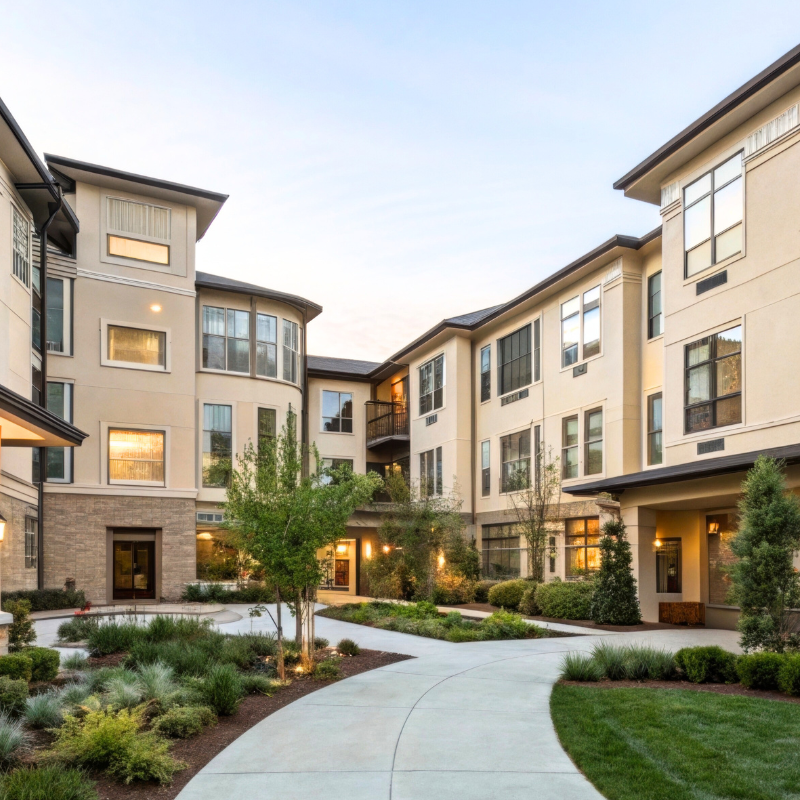Way back in 2014, the tangible property regulations (“TPR”) became effective and were met with a mostly positive response.
The rules provided a relatively high threshold for requiring improvements and repairs to be capitalized. Less capitalization and more expensing means lower taxable income for property owners and renters, alike. However, less capitalized property can now lead to limitations in the Qualified Business Income deduction (“QBI deduction”) implemented with the 2017 Tax Cuts and Jobs Act.
The TPR provides that a capitalizable expenditure is one that materially betters, adapts or restores (“BAR”) an asset. The third BAR test is the most common and relates to the capitalization of restorations. While there are six criteria for a restoration, the most common is the replacement of one-third or more of a unit of property. In general, if less than one-third is replaced, the expenditure can be expensed. For example, a taxpayer has four HVAC units on their building and the HVAC system as a whole is considered to be a unit of property. When the taxpayer replaces one unit with one that is of the same efficiency, it is not a restoration because one-fourth of the HVAC system is not considered material and the efficiency was not materially improved.
contact a member of the Real Estate Services Group.
The QBI deduction, enacted with the 2017 tax reform, provides a 20 percent deduction on business income from flow-through entities. For taxpayers with higher income, limitations based on wages and the cost basis of property are applicable. The property limitation is very important for real estate entities because the 20 percent QBI deduction can be limited to 2.5 percent of the unadjusted basis of property plus 25 percent of the entity’s W-2 wages. Having sufficient basis for a full 20 percent QBI deduction is not typically an issue for recently-purchased buildings but it can be more difficult for older buildings. Inflation over the years can allow a low-cost building to be very profitable currently. One saving grace for older buildings to create costs eligible to increase the QBI limitation is capital improvements.
It’s easy to see that these two sets of rules are inherently linked and can create problems for taxpayers. The TPR reduces the amount that must be capitalized, which reduces currently taxable income, but taxpayers eligible for the QBI deduction will want more capitalized property to increase their QBI property basis. The problems become more complex when consideration is given that the capitalization or expensing of an improvement is just a timing difference while the QBI deduction is not. Over the 39-year recovery period of an improvement, the cumulative deduction, whether as an expense or as depreciation, remains the same. The tax rate reduction created by the QBI deduction is only in the tax law until 2026.
Since the TPR are not an elective set of rules, taxpayers must find alternative ways to maximize their property. Possible workarounds are to forego the de minimis safe harbor election or move wages from a related entity to the rental property. A myriad of other planning ideas involving the TPR and QBI deduction are available, but should be closely examined with your tax advisor.
Author: Ian Taylor, CPA, MST | [email protected]
Real Estate Services


